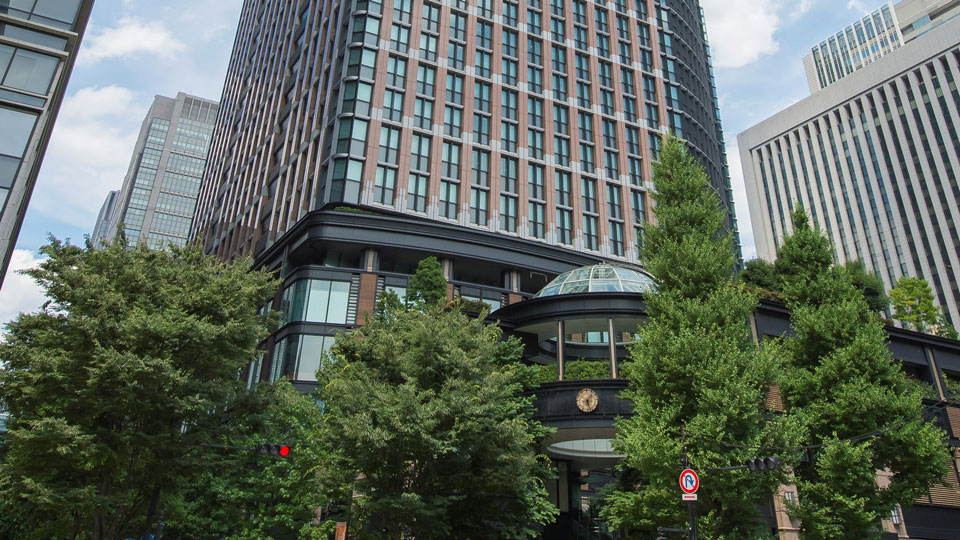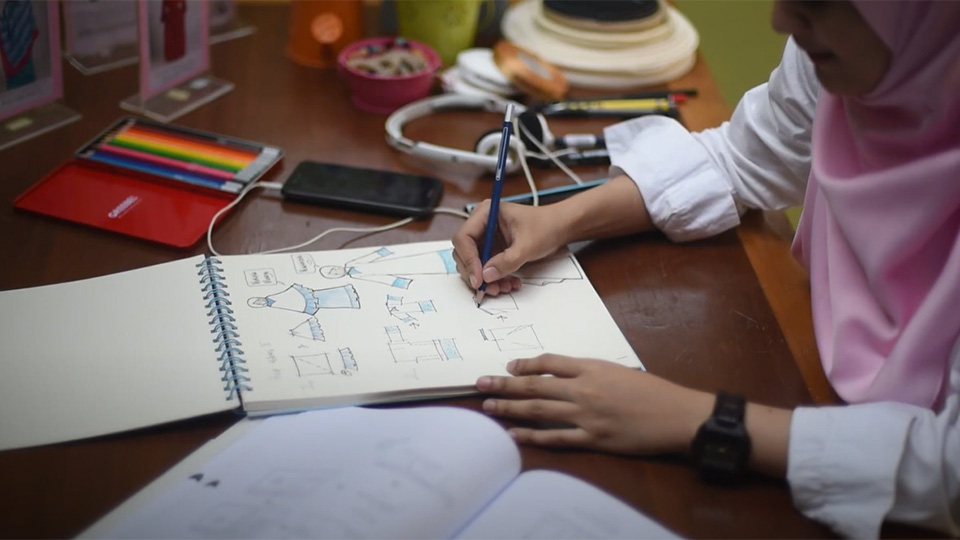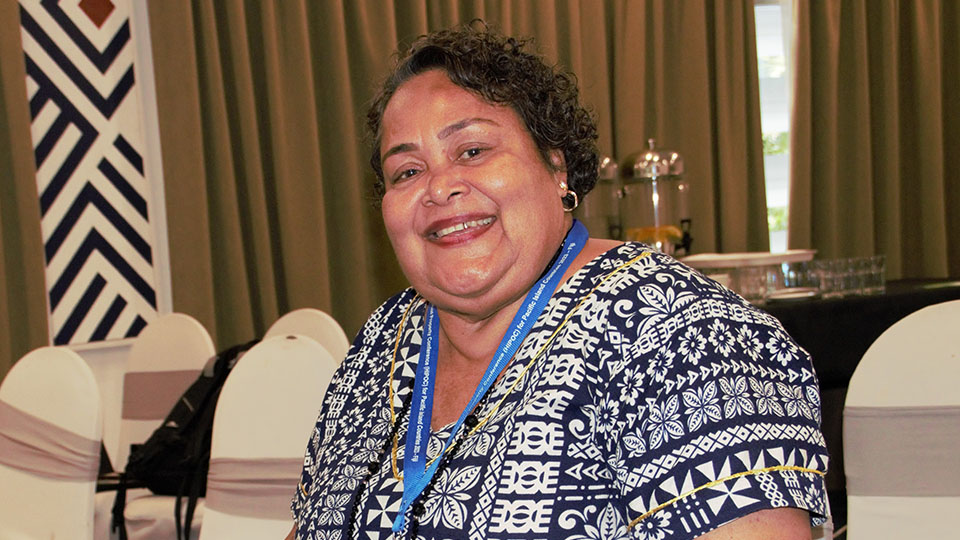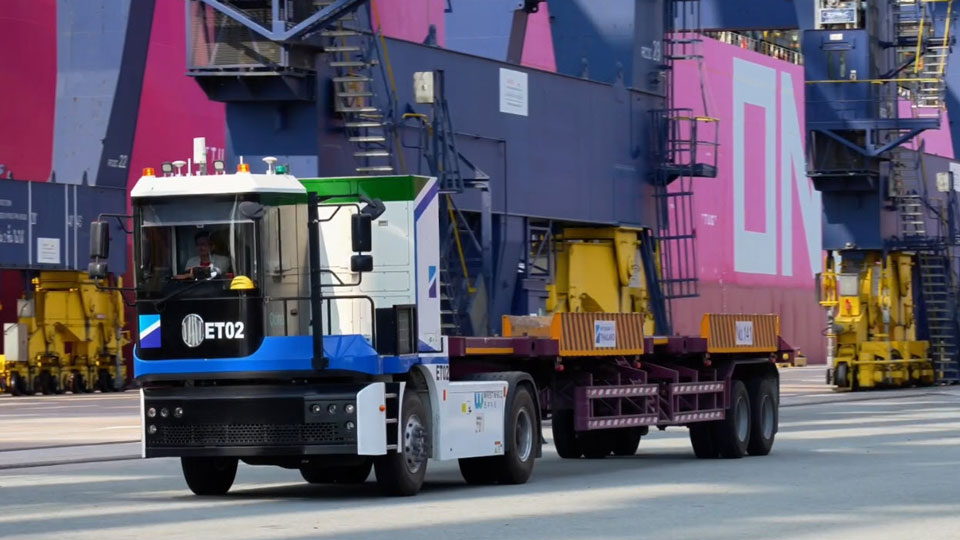Chateau Ksara, Lebanon

Chateau Ksara (Ksara) is a winery that was established in 1857 by French Jesuit monks in the ancient city of Bekaa, thirty kilometers east of Beirut, Lebanon. The monks planted vines and produced wine that they famously labeled Clos St. Alphonse and used during religious services.
In 1898, a milestone was reached in Ksara's history when a grotto - an artificial cave - dating back to the Roman era was fortuitously discovered at the site. The caves - which now run for two kilometers - form part of Ksara's cellar network today.
In 1972, the Vatican encouraged its monasteries to sell off commercial assets, and Ksara was bought out by a local consortium of businessmen. Although the years 1975 to 1991 were often bleak for Ksara (due to the Lebanese civil war), the company continued production and its resilience has made it a well-known brand in Lebanon.
Research and development
The company's research and development (R&D) is based on a long history stretching back to the Jesuit monks from France who initiated systematic viticulture in the region. However, in 1991, a new generation of managers took over the running of Ksara and instigated several bold innovations that radically altered the company's fortunes, including restructuring the company's human resources and communications links.
Following a meeting with farmers, for instance, managers at the company raised the price of a kilo of grapes from 27 cents to 29 cents. In a radical and innovative step, Ksara decided to plant noble grapes - like Cabernet Sauvignon, Chardonnay, and Merlot - in Bekaa, an untested environment for such grapes. “They told me I was mad”, said Ksara board member Mr. Charles Ghostine. “They asked, don't you think if we could plant those grapes, we would have done it years ago?” Ksara managers also expanded upon the 25 hectares that were owned at the time by buying 45 more hectares at Mansoura.
By 1993 Ksara was planting Sauvignon Blanc, Cabernet Sauvignon, Merlot, Chardonnay, Semilon and Clairette in both vineyards. In 1994, the company expanded further, planting grapes in Tel DNoub (45 hectares) and Itani (40 hectares).
In a three year plan, Ksara made further investments in staff and plant, and also launched a new range of products. The company strengthened its R&D team with farsighted investments and key appointments of enthusiastic experts including a new enologist (a winemaking expert) - James Palge - and a vineyard manager - Paulette Chlela. Indeed, Ksara's middle-managers regularly engage in refresher courses to keep up-to-date with the state of the art.
It was the new team at Ksara who noticed that indigenous wines had fallen out of favor in the market, and the chalk and clay soil needed irrigation for the first two years before the new vines would root deeply enough to not require irrigation. Mr. Palge and Ms. Chlela also decided to train vines on wire, a decision that went against conventional wisdom in the region. “We were pioneers. It was risky and it was bold, but it paid off”, said Mr. Palge.
The old equipment - such as vats and cement fermenting devices - were replaced with stainless steel vats bought from international wine fairs and based on new R&D investments of almost US$ 1 million annually.
Branding and commercialization

In order to revamp the company's old, monkish image (based on the Clos St. Alphonso wines they were known for), Ksara managers decided to launch a new range of wines. Gris de Gris (white or grey grape), Ksara's arak, Reserve du Couvent and Sunset rose were now produced with new labels and packaging and to great acclaim. In 1994, Ksara launched its Cuvee de Printemps, a Gamay-based (or purple-colored grape) red wine.
In another strategic move, Ksara changed its pricing plan to reflect the new range of products and labels. Ksara's expert staff, state-of-the-art equipment, new production practices, and new range of products and prices, allowed the company to launch a new marketing campaign that radically improved the company's corporate image, ushering in a new age of prosperity. The marketing campaign centered around new brands was aimed not only at revamping the company's image but also at attracting a new generation of customers while consolidating its previous good name and clientele.
In order to meet demand during a poor year for wine production, for instance, the company diversified its brand portfolio - adding a spirit to its production line - therefore ensuring that poor yields did not go to waste. As Noel Rabot, previously an enologist at Ksara, said: “In the wine industry, in any country, you need escape hatches. You can't produce great wine every year. There are always batches that aren't up to standard.” The escape hatch was a new brand called Ksarak - arak being a highly alcoholic spirit produced especially in the Eastern Mediterranean.
Complementary to launching new brands, Ksara began media campaigns and educational seminars to promote its products and corporate image.
Ksara's television advertisement for Ksarak, filmed in Bekaa, is widely considered a trailblazer for advertizing in the country. Its young-couple-in-love theme inspired a new generation of consumers and gave the brand a younger, more hopeful image.
The company also engaged in seminars on wine, including point-of-sale tastings in major supermarkets. The seminars are intended to ensure that both customers and distributors are up-to-date on its varieties of wines, wine terminology, and wine etiquette.
In 1997, following the successful domestic-market campaign, an international effort to promote the company began. Ksara targeted Lebanese restaurateurs living abroad and convinced them to stock Ksara wines as the perfect accompaniment to Lebanese cuisine.
Through its strategic marketing and re-branding campaign, Ksara retained its loyal customers' trust, while attracting new consumers and improving its national and international image.
Trademark
An integral part of Ksara's marketing and branding strategy is its use of intellectual property (IP) systems to protect its good name from usurpers while exploiting new marketing opportunities.
Having invested much time, effort and resources in re-branding, the company is eager to expand into new markets - the European Union (EU) especially - while protecting its intellectual property rights (IPRs). To that end, in 2003 the company filed a Community Trademark for Chateau Ksara SAL (in class 33) at the Office for Harmonization in the Internal Market (OHIM).
Goods with specific geographical origin

The Bekaa valley stands at an average altitude of one thousand meters, enjoys dry summers and wet winters, and has its own natural water table due to the melting snows from Mount Lebanon (to the west) and the Anti-Lebanon Mountains (to the east).
For centuries, the locals have clearly recognized the uniqueness of the region's terroir - or geography - and its potential for viticulture (wine production).
Ksara's Ksarak, for instance, only uses aniseed (a flowering plant native to the Middle East) from the Mount Hermon's Al Heeneh area, in the Anti-Lebanon mountain range. The prime aniseed produces a delicate scent that, in combination with Ksara's innovative distillation techniques, gives the unique flavor at the heart of the arak. Before being bottled, the Ksarak is matured - following traditional methods - for two years in clay jars manufactured in Beit Chebab village in Lebanon. The unique climate, materials and methods of the region, therefore, give Ksara's arak, and other products, a unique flavor that the company seeks to commercialize.
Geographical indications
Geographical Indication (GI) certification can be instrumental in helping governments and agri-business establish a firm and marketable reputation for certain producers and their goods.
In 1991, ten Lebanese wine growers - including Ksara - established a wine association, the Union Vinicole du Liban (UVL). UVL's aims are to consolidate the winemakers' image at home and abroad by not only establishing GIs for the country's winemakers, but also lobbying government and encouraging wine-tourism into the country.
In 2000, UVL successfully lobbied the Lebanese government for a new wine law in the country (law no. 261, 29/05/00). Because of the new law, in 2007 a new institute - the National Vines and Wines Institute - was established in the country. However, as of early 2011, the institute was not operational pending the appointment of its board of directors by the Lebanese government.
In collaboration with the government, the institute is responsible for all areas of grape growing and wine production in Lebanon (including viticulture, viniculture, legal issues, commercial concerns, and quality control and analysis).
Moreover, the wine law prohibits importation of foreign wine in bulk quantities, thereby thwarting the ambitions of those who might be tempted to bottle imported wine and pass it off as Lebanese.
Furthermore, in conformity with standards set by the World Intellectual Property Organization (WIPO), a specialized United Nations agency, the Lebanese Ministry of Finance and Industry and the country's Chamber of Commerce have prepared a GI plan for the country's agricultural products. The plan was pending parliamentary approval as of 2011.
The Lebanese government and UVL, therefore, have taken firm measures to institute GIs in the country, and Ksara has been an active member in that process. With a GI registration, Ksara intends to market its wines based on the unique climate and geography of the Bekaa region, the winery's long and illustrious history, and its traditional wine-making knowledge.
Business results
Ksara's re-branding and marketing campaign was a hard-won success. By 1995, sales had increased by 20 percent. In 2010 Lebanese wine-producers exported around 2.5 million bottles of wine, a 13 percent annual increase, and Ksara was responsible for 33 percent of the output. The Reserve du Couvent accounted for 27 percent of all Ksara's international sales.
The company continues to expand and maintains several vineyards producing a wide variety of wines (such as Sauvignon Blanc, Cinsault, and Caladoc) including the wineries at Ksara (14 hectares), Mansoura (60 hectares), and Khorbert Kanafar (43 hectares).
As of 2010, Ksara produced 2.7 million bottles of wine per year, harvesting over two thousand eight hundred tons of grapes from three hundred forty hectares. Local consumption of wines in general has doubled from 2.5 million bottles ten years ago to 5 million in 2010, and Chateau Ksara has benefitted from this increase in wine appreciation.
The winery itself receives about seventy two thousand visitors every year - mainly from Lebanon but also from other countries including France, Germany and the United Kingdom (UK). Visitors can view a documentary on Ksara's history, visit the cellars, and enjoy a state-of-the-art wine-tasting room.
The company is a multi-award-winner, gaining Gold and Silver Medals for its wines including the Gold Medal for its Reserve de Couvent (red, 2008) at the 2010 Berlin Wine Trophy. Ksara sells 14 wines, one Arak and an eau de vie (a fruity, colorless brandy) to over forty-one countries including Egypt, Finland, France, Germany, Jordan, Japan, Syria, the UK, and the United States of America.
But still the vines
Chateau Ksara is a business with a noble lineage and a young spirit. The company's new management revamped its monkish image with innovative R&D and new brands in order to compete in a global market place. In 2007, Ksara SAL celebrated its 150th anniversary (1857 - 2007), but still the vines of her ancient ruby yields.



